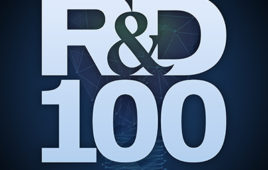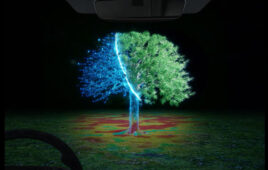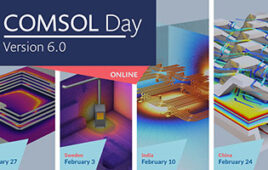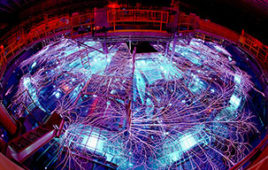 Of all of Saturn’s rings, the B-ring is the most opaque and most massive. In fact, it’s the most opaque ring in the solar system, according to NASA. But it’s not well understood.
Of all of Saturn’s rings, the B-ring is the most opaque and most massive. In fact, it’s the most opaque ring in the solar system, according to NASA. But it’s not well understood.
Matthew Hedman and Phil Nicholson, who recently used data from NASA’s Cassini mission to study the B-ring, write, “The large uncertainties in the B-ring’s mass and its typical surface mass density not only hamper efforts to understand the structure and dynamics of this ring, but also complicate efforts to ascertain the age and history of Saturn’s ring system.”
Publishing in Icarus, the researchers reported their results from “weighing” the B-ring’s opaque center for the first time.
The researchers achieved the feat by analyzing the ring’s spiral density waves, which are created by the gravitational forces from both Saturn’s moons and the planet itself. According to NASA, the wave’s structure is dependent on the amount of mass where the wave is located. The researchers determined the mass density in several places, and used that information to estimate that the B-ring’s total mass is probably between one-third and two-thirds the mass of Saturn’s moon Mimas.
“By ‘weighing’ the core of the B-ring for the first time, this study makes a meaningful step in our quest to piece together the age and origin of Saturn’s rings,” said Cassini project scientist Linda Spilker. “The rings are so magnificent and awe-inspiring, it’s impossible for us to resist the mystery of how they came to be.”
Despite portions of the B-ring being close to 10 times more opaque than the A-ring, the researchers reported that the B-ring may only weigh around two or three times more than the A-ring.
According to NASA, this research can provide scientists with more information regarding the planet’s age. If the B-ring is indeed less massive than originally thought, it might mean that meteorites and other sources darkened the ring with dust, and that the ring is aged some hundred millions years rather than a few billion.
“Of course, this new estimate of the ring’s total mass is based on just a few locations in the B-ring, and so one could argue that most of the B-ring’s mass is hidden in the truly opaque parts of the ring,” the researchers write.
“Fortunately, Cassini will perform experiments at the end of its mission in 2017 that should provide independent constraints on the ring’s total mass that can confirm or refute the results of this study,” they add.




